Home>Furniture>Outdoor Furniture>What Size Nails For Decking
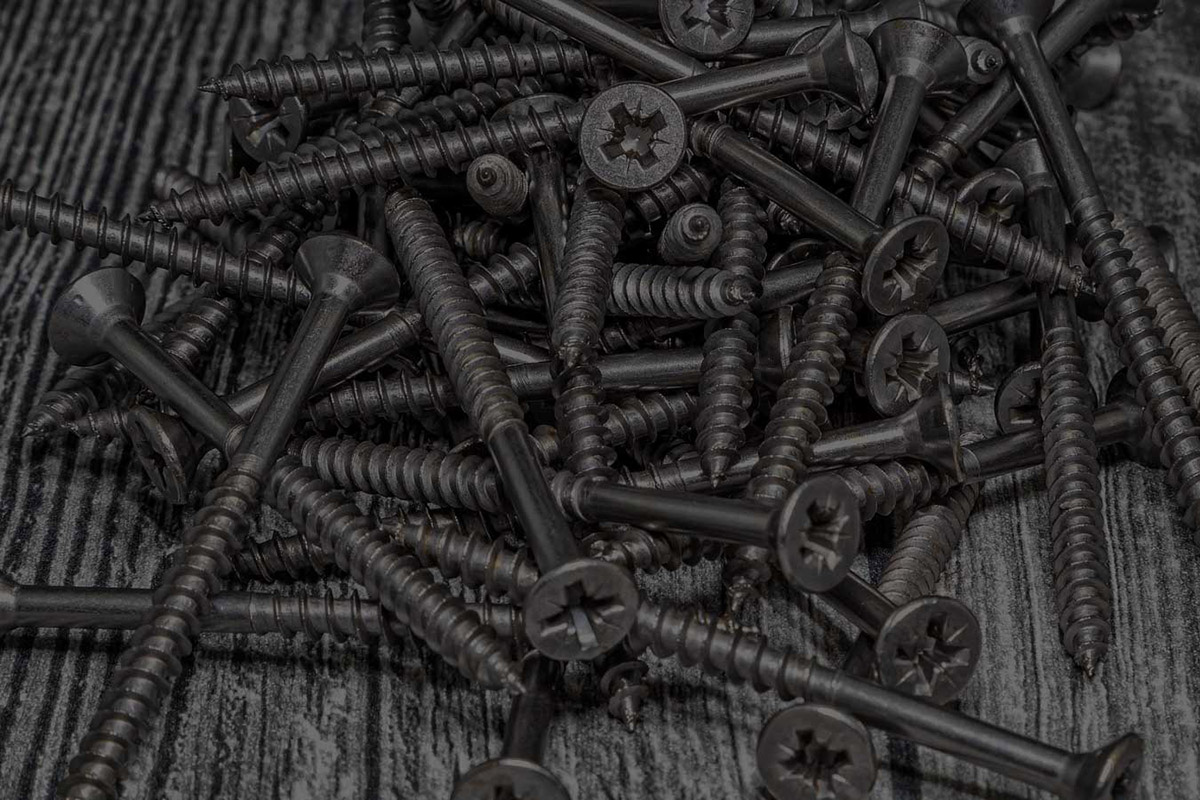

Outdoor Furniture
What Size Nails For Decking
Modified: March 7, 2024
Looking for the right size nails for your decking project? Explore our selection of outdoor furniture nails to ensure a secure and durable installation.
(Many of the links in this article redirect to a specific reviewed product. Your purchase of these products through affiliate links helps to generate commission for Storables.com, at no extra cost. Learn more)
Introduction
Welcome to our comprehensive guide on choosing the right size nails for decking. When it comes to outdoor furniture, having a sturdy and secure deck is essential. Nails play a pivotal role in the construction and maintenance of decks, as they help hold the deck boards and frame together. Choosing the correct size nails is crucial for achieving optimal structural integrity and ensuring the longevity of your deck.
In this article, we will discuss the factors to consider when selecting nails for decking, the different types of nails available, how to choose the right size nails, and the common mistakes to avoid. By the end, you will have the knowledge and confidence to make informed decisions regarding the nails for your deck, enhancing its strength and durability.
Key Takeaways:
- Choose the right size nails for your deck based on material, weather, thickness, pattern, and budget. Consult professionals for optimal results and long-lasting durability.
- Avoid common mistakes like using the wrong nail type or size, insufficient spacing, and not countering moisture. Pre-drill pilot holes for hardwood or dense materials to ensure a successful and durable deck installation.
Read more: What Size Nails For Artificial Grass
Factors to Consider
Before diving into the specifics of nail sizes, it is important to consider a few factors that will impact your choice. Taking these factors into account will help you determine the appropriate nail size for your decking project.
- Decking material: The type of material used for your deck will have a direct impact on the type and size of nails you should use. Different materials, such as wood, composite, or PVC, have different strength characteristics and require specific nails to ensure a secure attachment.
- Weather conditions: The climate and weather conditions in your area play a significant role in deck durability. If you live in an area with high humidity, frequent rain, or extreme temperature fluctuations, it is important to choose nails that can withstand these conditions without rusting or corroding.
- Decking thickness: The thickness of your deck boards will also determine the appropriate nail size. Thicker boards require longer nails to provide enough grip and stability.
- Decking pattern: If you plan on utilizing specific patterns, such as diagonal or herringbone layouts, you may need to consider longer nails to accommodate the additional stress and lateral movement.
- Budget considerations: While quality should always be a priority, it is important to consider your budget. Different nail sizes and types come at different price points, so it is essential to strike a balance between affordability and durability.
Considering these factors will help you narrow down your options and choose the right nail size for your specific decking needs. Keep in mind that consulting with a professional or following the manufacturer’s guidelines is always advisable for optimal results.
Types of Nails for Decking
When it comes to choosing nails for decking, there are several different types to consider. Each type has its own unique characteristics and is suitable for specific decking materials and conditions. Here are the most common types of nails used for decking:
- Common Nails: Common nails, also known as smooth-shank nails, are the most basic and widely used type of nail for decking. They have a smooth, untextured surface and provide good holding power. However, they may not be the best choice for areas with high moisture or extreme weather conditions, as they are more prone to rusting.
- Ring-Shank Nails: Ring-shank nails feature small rings along the shank of the nail, providing greater holding power and resistance to withdrawal. They are particularly suitable for pressure-treated wood and areas with high moisture, as the rings help to prevent the nails from loosening over time.
- Screw-Shank Nails: Screw-shank nails have spiral grooves along the shank, similar to screws. This design enhances their holding power, making them an excellent choice for decking projects. They are commonly used on softer wood materials, ensuring a secure attachment.
- Composite Decking Nails: If you are working with composite decking, it is recommended to use specialized composite decking nails. These nails are designed to prevent the material from splitting or splintering during installation. They are typically stainless steel or coated to resist corrosion.
- Stainless Steel Nails: Stainless steel nails are highly resistant to rust and corrosion, making them a popular choice for outdoor decking. They are especially suitable for areas near saltwater or those prone to high humidity. However, stainless steel nails can be more expensive than other options.
Each type of nail has its own advantages and considerations, so it is important to choose the one that best suits your decking material and environmental conditions. If you are unsure, consult with a professional or refer to the manufacturer’s recommendations.
Use 3-inch stainless steel or coated deck screws for 5/4 decking boards. For pressure-treated lumber, use hot-dipped galvanized or stainless steel nails or screws.
Choosing the Right Size Nails
Choosing the correct size nails for your decking project is crucial to ensure the structural integrity and durability of your deck. The size of nails you need will depend on several factors, including the thickness of your deck boards and the type of material you are working with. Here are some general guidelines to help you choose the right nail size:
- Decking Thickness: The thickness of your deck boards will determine the length of the nails you need. As a general rule, for 1-inch thick deck boards, use nails that are at least 2 ½ inches long. For 2-inch thick boards, use nails that are at least 3 inches long. Adjust the nail length accordingly for decks with different thicknesses.
- Nail Gauge: In addition to the length, you also need to consider the gauge or thickness of the nails. The higher the gauge number, the thinner the nail. For most decking projects, 8-gauge or 10-gauge nails are commonly used. These nails provide sufficient strength and holding power.
- Nail Head: The size of the nail head is also important. For decking projects, it is recommended to use nails with a large, flat head, such as a screw-shank or ring-shank nail. This helps to prevent the nail head from pulling through the decking material and provides better stability.
- Spacing: Proper spacing between nails is essential for deck stability. As a general guideline, nails should be spaced approximately 2 to 3 inches apart along the edges of the deck boards. However, always refer to the manufacturer’s guidelines or consult with a professional for specific spacing recommendations.
Remember, these are general guidelines, and it is important to consider the specific requirements of your decking material and the recommendations provided by the manufacturer. Taking these factors into consideration will help ensure that you choose the right size nails for your decking project, providing a secure and long-lasting deck for years to come.
Common Mistakes to Avoid
When it comes to installing nails for decking, there are some common mistakes that you should avoid to ensure the longevity and safety of your deck. By being aware of these pitfalls, you can take the necessary precautions to prevent future problems. Here are some common mistakes to avoid:
- Using the Wrong Type of Nail: One of the most common mistakes is using the wrong type of nail for your decking material. Different materials require specific nails to ensure proper attachment and prevent issues such as splitting or rusting. Always refer to the manufacturer’s guidelines to select the appropriate nail type for your specific decking material.
- Choosing the Wrong Nail Size: Another common mistake is selecting the wrong nail size. Using nails that are too short may not provide enough holding power, compromising the stability of the deck. On the other hand, using nails that are too long can cause the wood to split or crack. Be sure to choose nails with the appropriate length and gauge for your deck thickness.
- Insufficient Nail Spacing: Improper nail spacing is a common mistake that can lead to deck instability and potential warping. Be sure to follow the recommended spacing guidelines provided by the manufacturer. Insufficient spacing can cause the deck boards to pull away from the frame or from each other over time. Alternatively, spacing the nails too far apart can lead to sagging or excessive movement.
- Not Countering Moisture: Failing to account for moisture is a common oversight when choosing nails for decking. Moisture is an extremely important factor to consider, especially for outdoor decks. Using nails that are not resistant to rust or corrosion in areas with high humidity or frequent rain can lead to premature nail failure and compromised deck stability. Opt for nails that are specifically designed for outdoor use and are resistant to rust and corrosion.
- Not Pre-Drilling: When working with hardwood or dense decking materials, it is essential to pre-drill pilot holes before inserting nails. Failure to do so can cause the wood to split or crack when the nails are driven in. Take the time to pre-drill pilot holes to ensure a smooth and secure installation.
By avoiding these common mistakes, you can ensure a successful and durable deck installation. Always take the time to research and follow the manufacturer’s guidelines, and if you are unsure, consult with a professional to ensure the best results.
Read more: What Size Are Decking Boards
Conclusion
Choosing the right size nails for your decking project is essential for the overall strength, stability, and longevity of your deck. By considering factors such as decking material, weather conditions, thickness, decking pattern, and budget, you can make informed decisions regarding the type and size of nails to use.
Common types of nails used for decking include common nails, ring-shank nails, screw-shank nails, composite decking nails, and stainless steel nails. Each type has its own advantages and considerations, so it is important to select the one that best suits your decking material and environmental conditions.
When it comes to choosing the right size nails, factors such as the thickness of your deck boards, nail gauge, and nail head size should be considered. Proper spacing between nails is also crucial for deck stability.
To avoid common mistakes, ensure that you use the correct type of nail for your decking material, choose the appropriate nail size, and follow the recommended spacing guidelines. Taking precautions such as countering moisture, pre-drilling pilot holes, and consulting with professionals can help prevent future problems and ensure a successful installation.
Remember, the quality and durability of your deck depend not only on the materials used but also on the installation techniques. Taking the time to choose the right size nails and properly install them will result in a safe, reliable, and visually appealing deck for years to come.
Always refer to the manufacturer’s guidelines and consult with professionals when in doubt. By doing so, you can enjoy your outdoor space worry-free, knowing that your deck is built to withstand the elements and provide a comfortable and inviting area for relaxation and entertainment.
Frequently Asked Questions about What Size Nails For Decking
Was this page helpful?
At Storables.com, we guarantee accurate and reliable information. Our content, validated by Expert Board Contributors, is crafted following stringent Editorial Policies. We're committed to providing you with well-researched, expert-backed insights for all your informational needs.
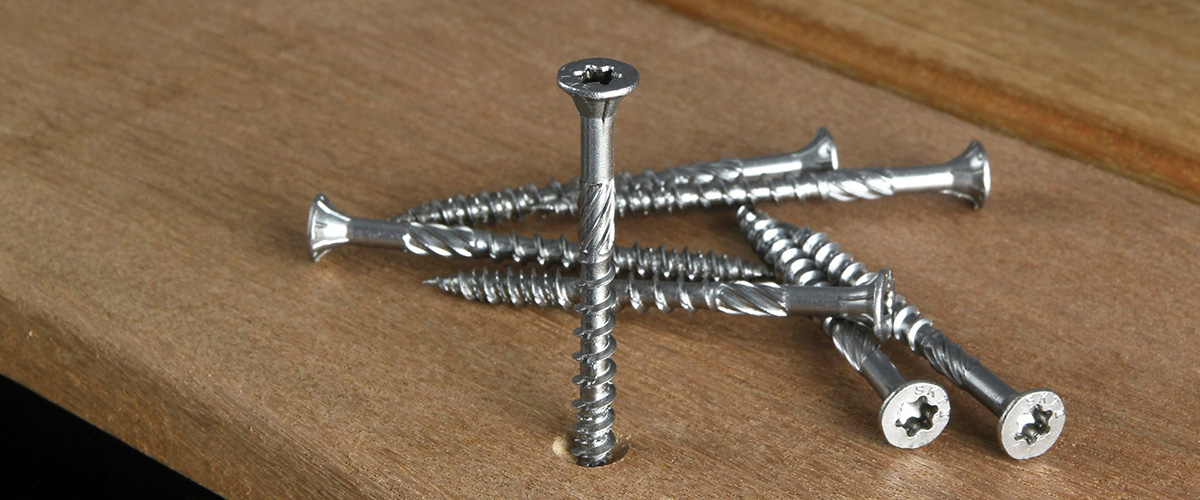
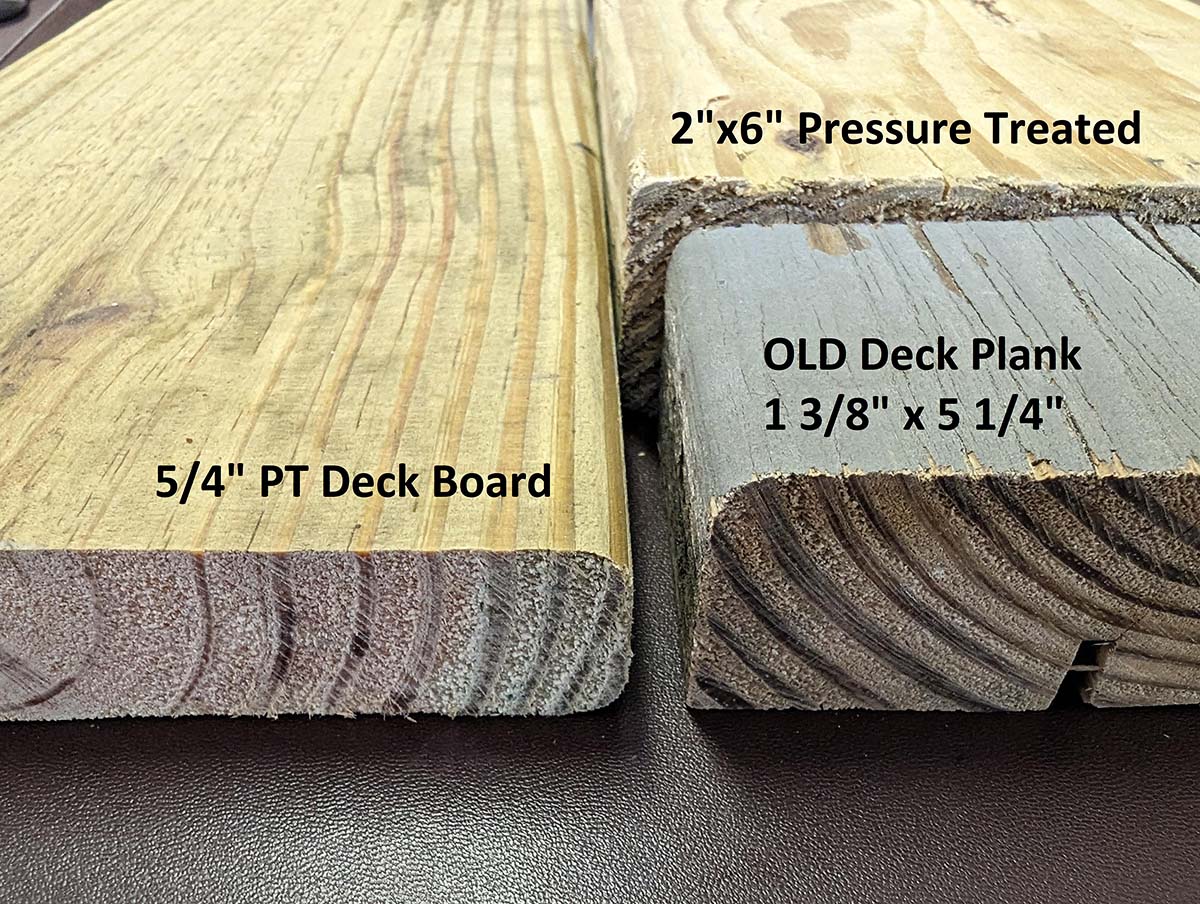
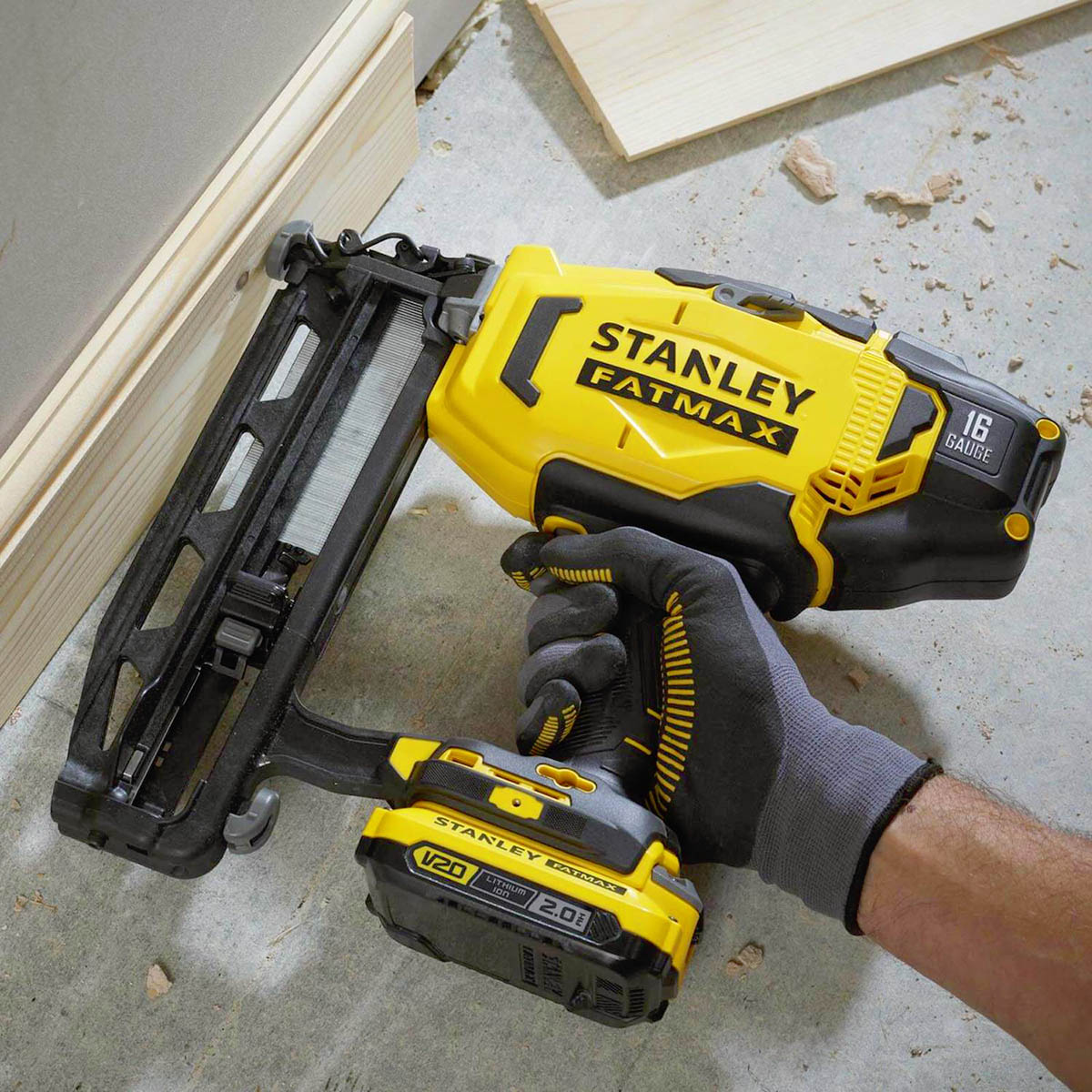
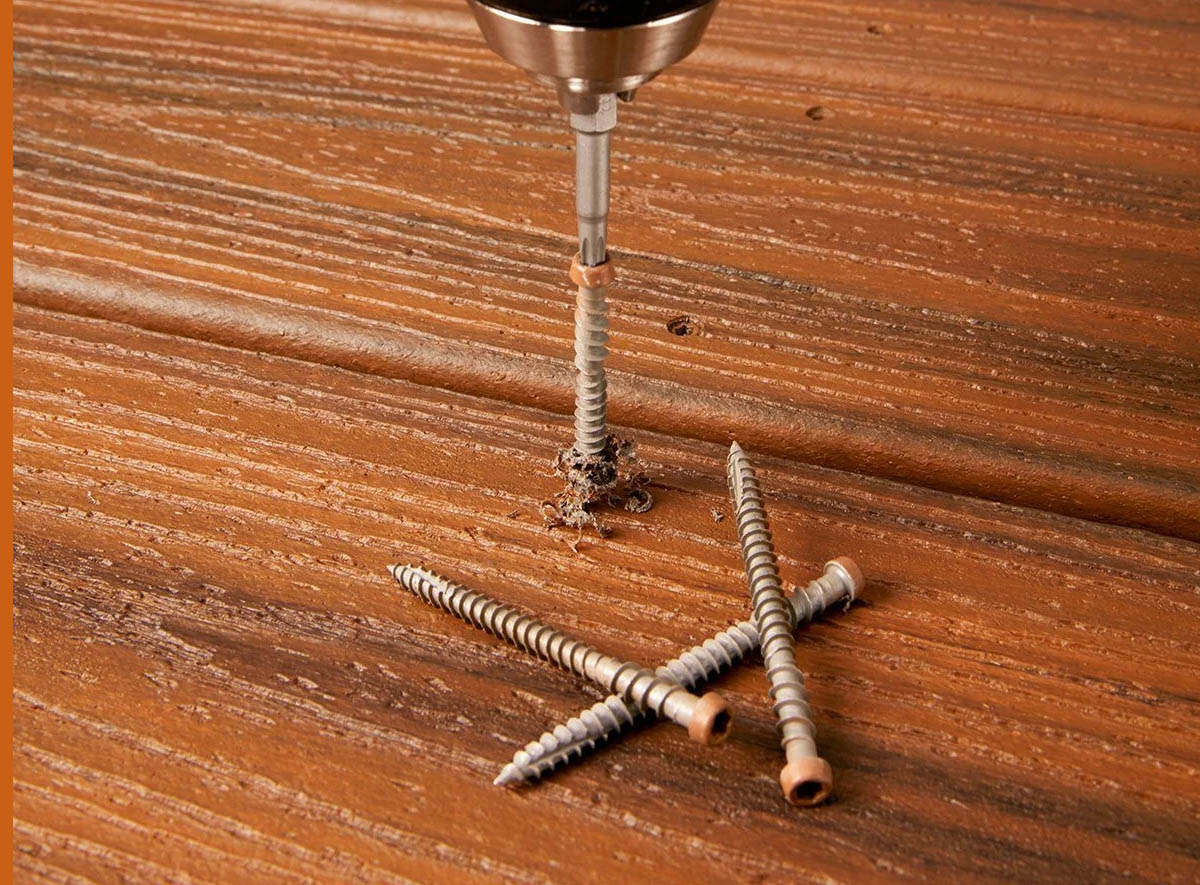

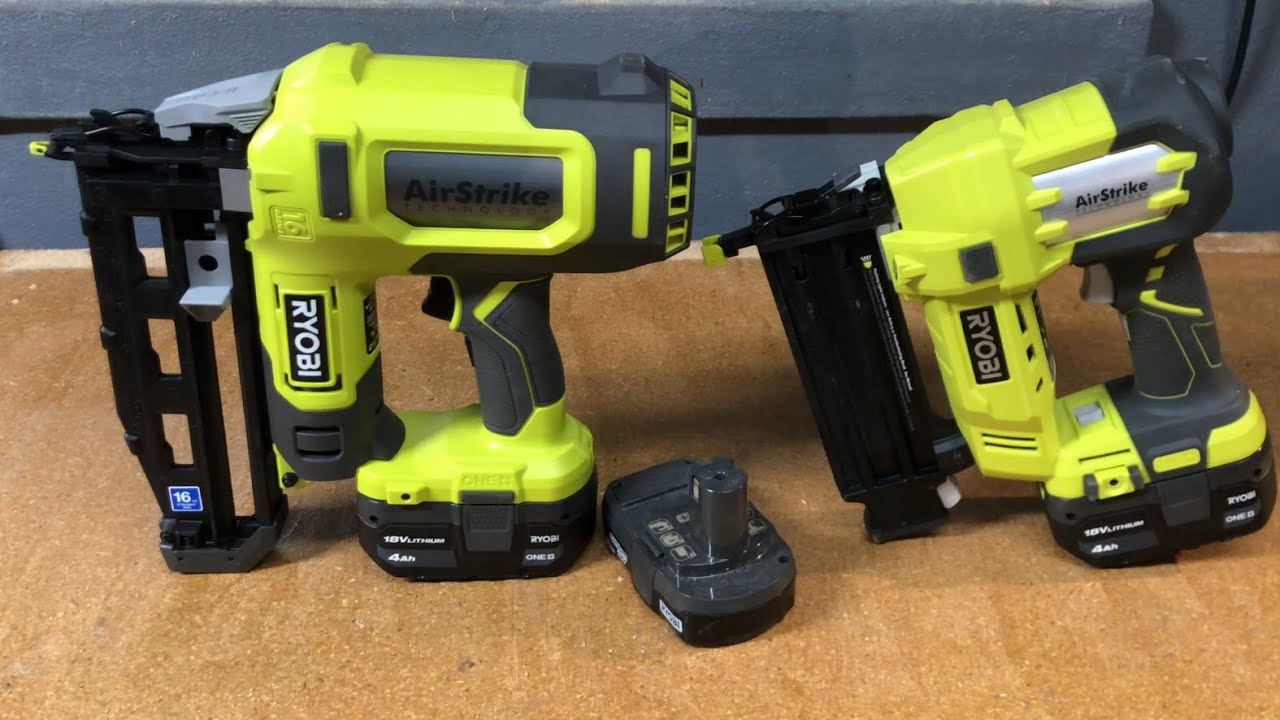

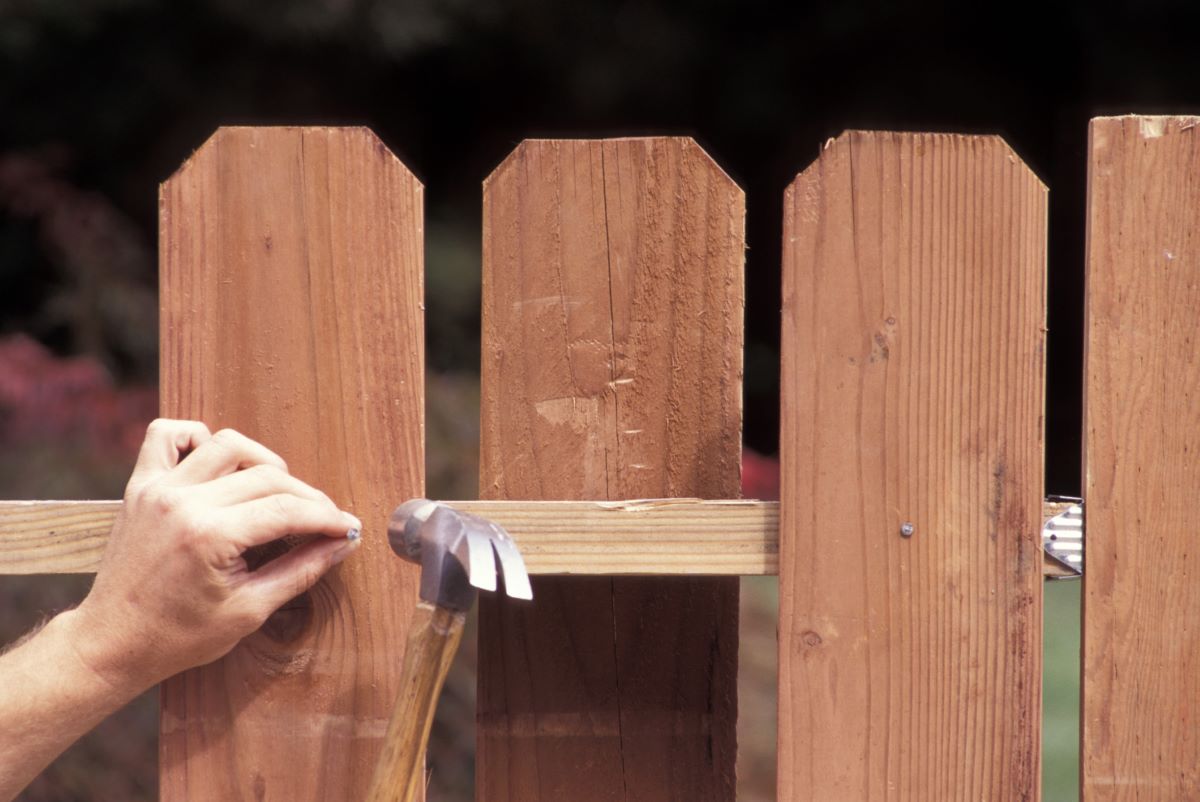

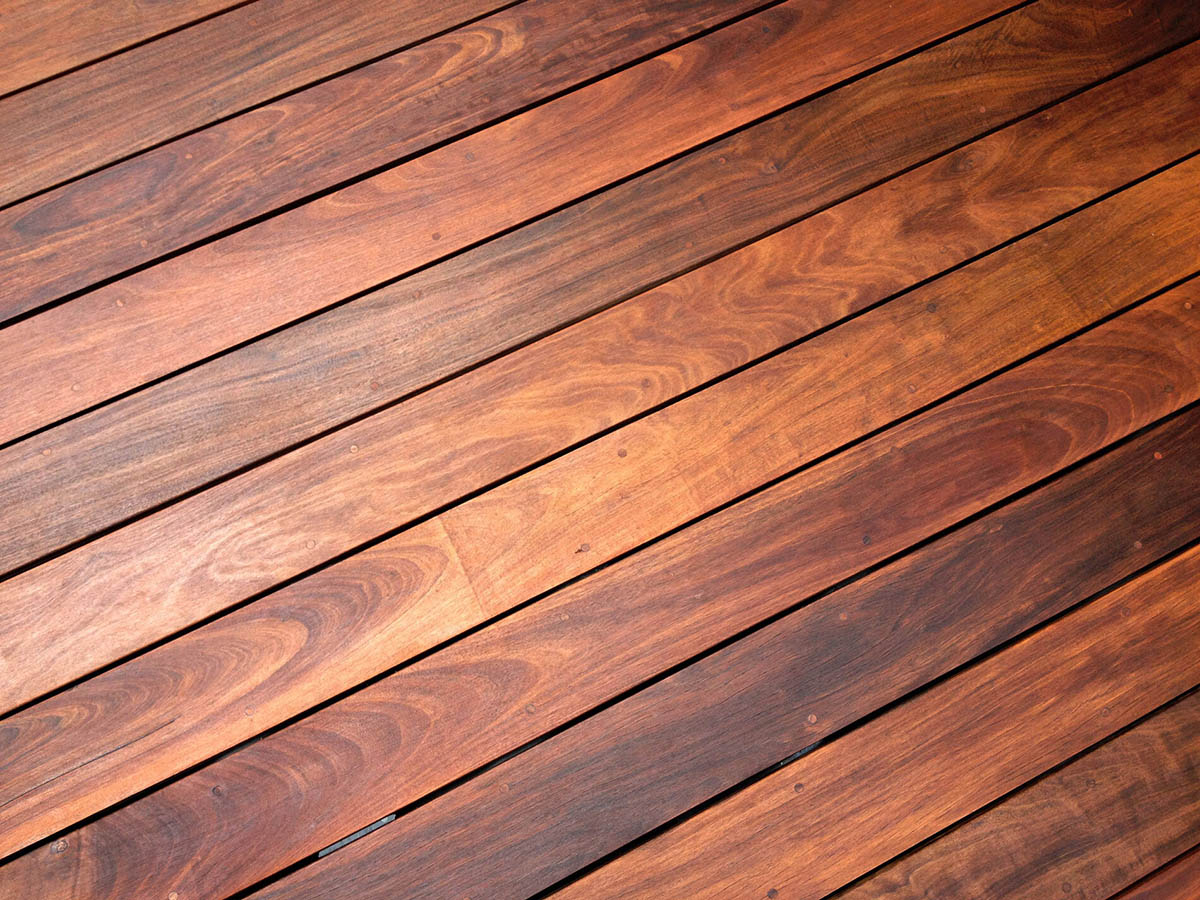


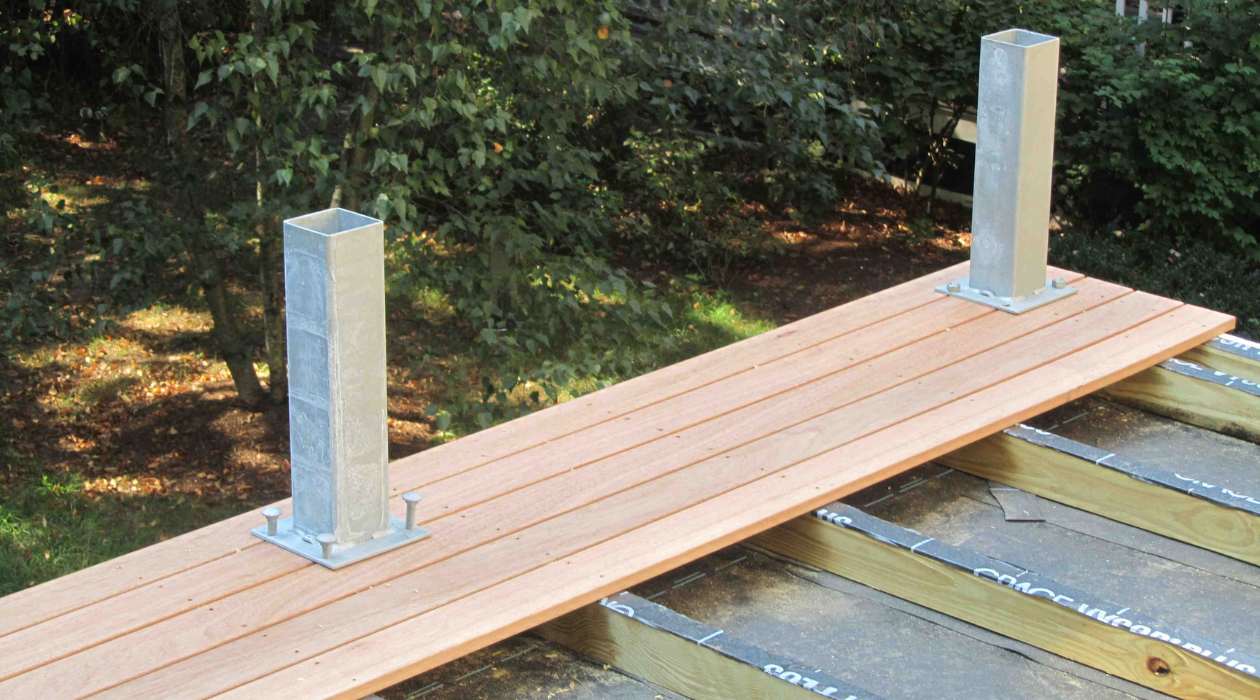
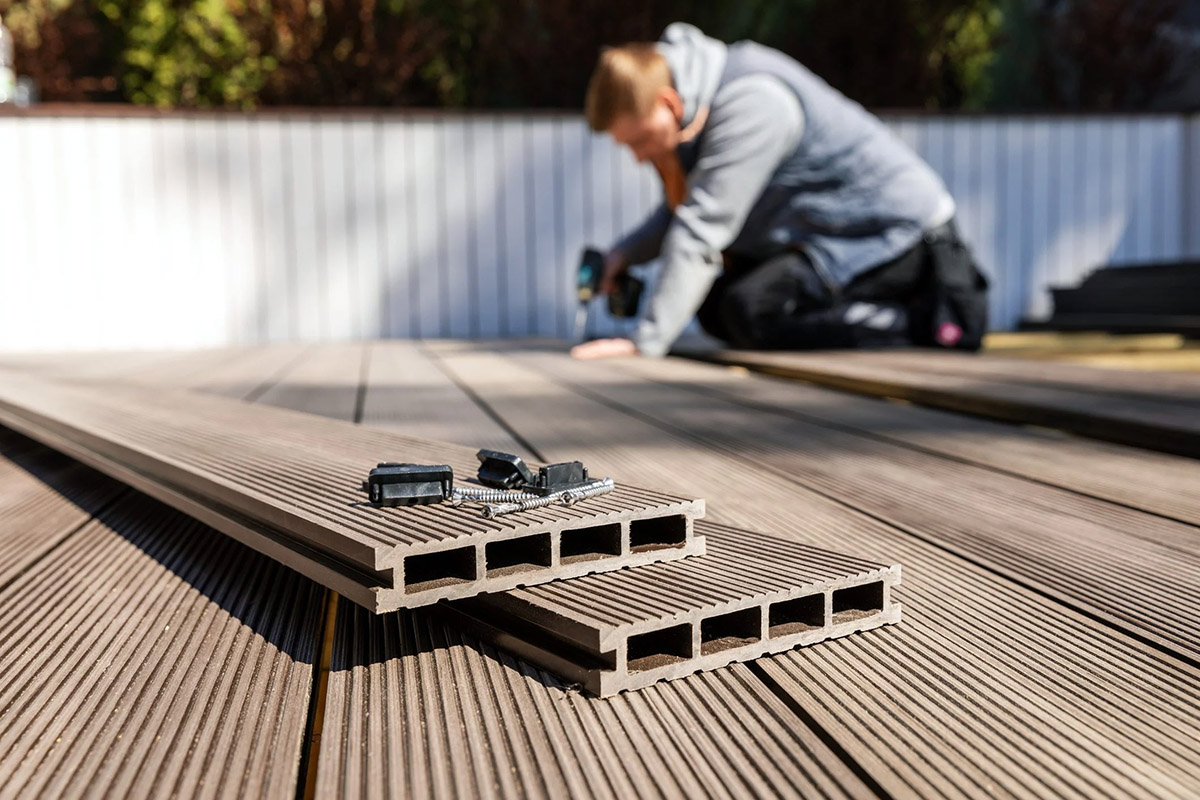

0 thoughts on “What Size Nails For Decking”